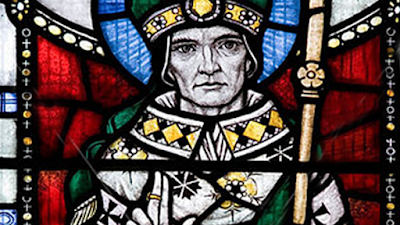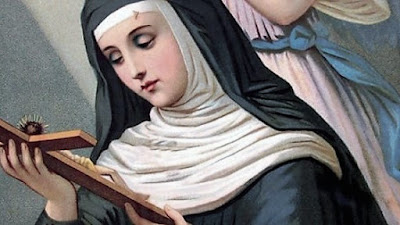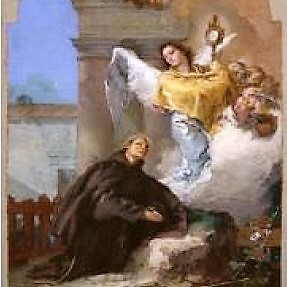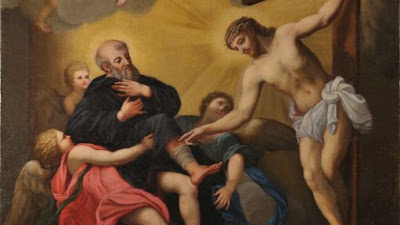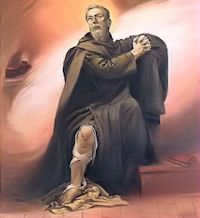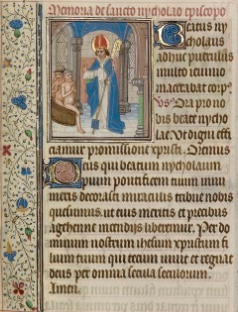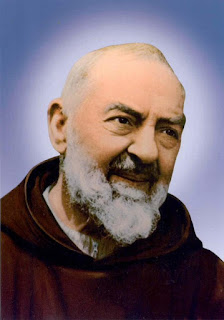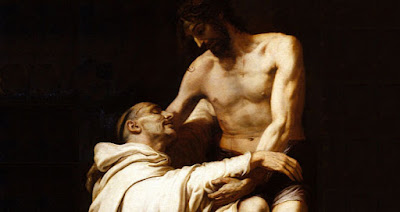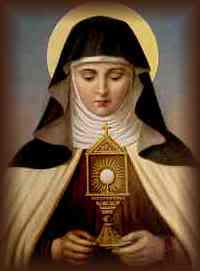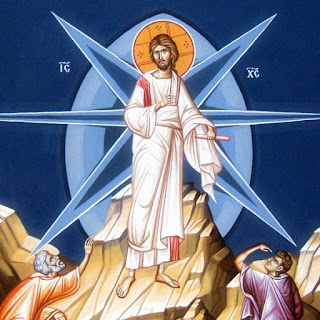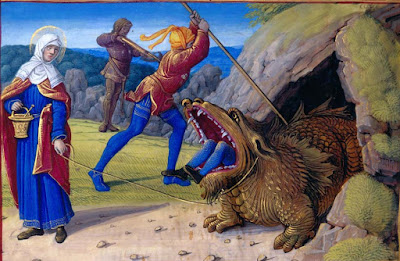The Miraculous Intercession of Sts. Cosmas and Damian
Many miracles were worked following the martyrdoms of Saints Cosmas and Damian. The Orthodox Church recounts several intercessions owed to them, including this one: There lived in Thereman, near the church of Cosmas and Damian, a man named Malchus. One day, he departed on an extended journey, leaving his wife behind. Before doing so, he prayed to Sts. Cosmas and Damian, entrusting her to their heavenly protection. A demon assumed the appearance of one of Malchus’ friends in an attempt to kill her. The demon called on the woman, saying that Malchus had sent him to bring her to him. Believing him, she went along. The demon brought her to a solitary place with the intention of ending her life. Sensing mortal danger was imminent, the woman prayed to God for help. Suddenly, two fearsome men appeared. The devil let go of the woman, fleeing in such haste, he fell off a cliff. The men accompanied the woman home where she thanked them effusively saying “My deliverers, to whom I shall be gr



